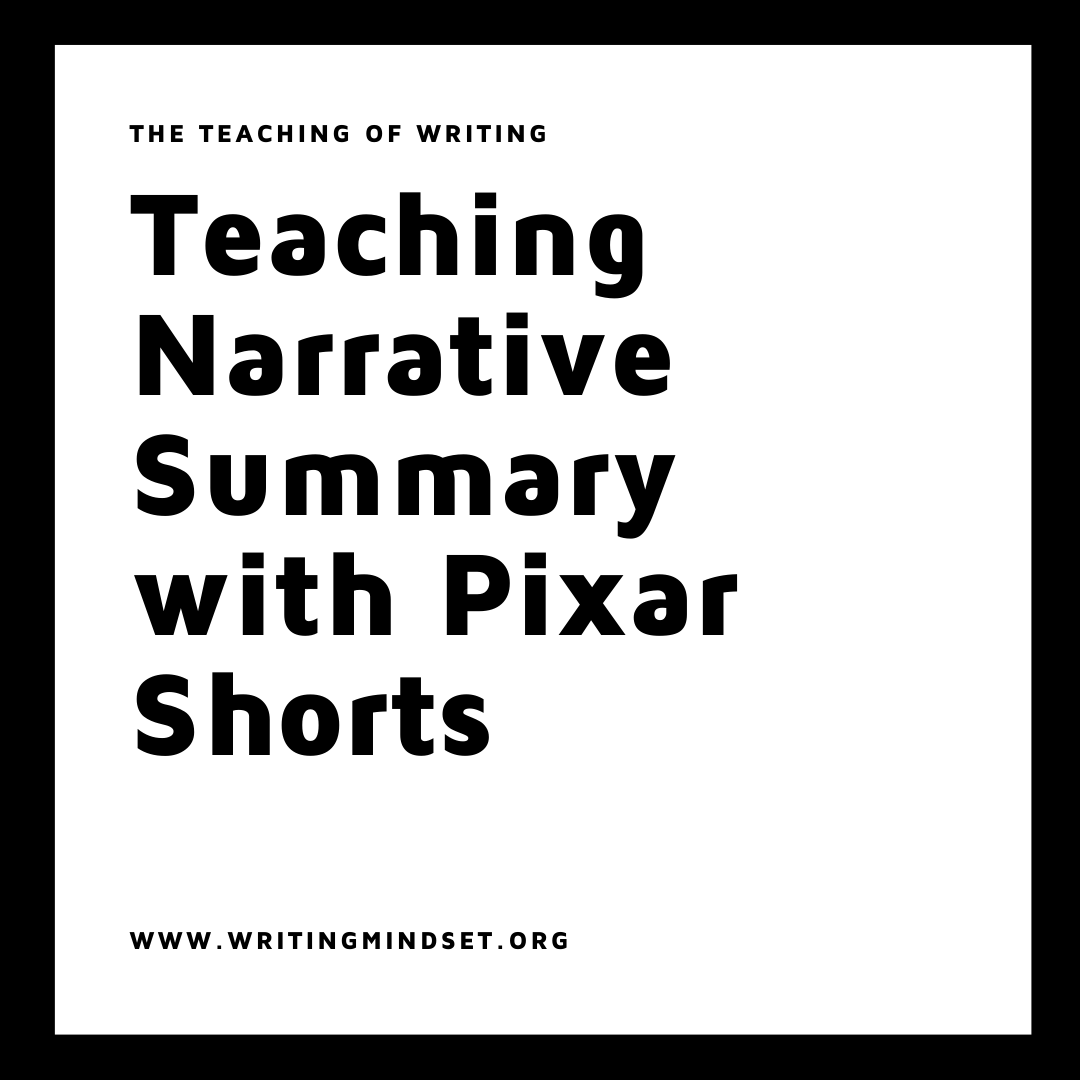Teaching Narrative Summary with Pixar Shorts
Lights, Camera, Summary Writing!
An awesome quick strategy to teach narrative summary writing combines the video elements of Pixar Shorts and the application of Somebody Wanted But So Then. Somebody Wanted But So Then is a widely taught strategy for teaching summary while reading fiction. While the materials for SWBST are vast, I often find the easiest way to teach this memorable technique is through the use of quick shorts or Pixar shorts that are available on YouTube. I use the gradual release of responsibility model that focuses no I Do, We Do, You Do. This technique is best applied as a scaffolding technique to reach a higher-level goal. This post will outline the strategy for teaching summary writing with fiction texts, and it will also link some of my favorite Pixar shorts or clips to use in my middle-grade classroom.
Want to see two different ways to teach Narrative Summary writing?
DIGITAL DOWNLOAD
Teaching narrative summary doesn't have to feel overwhelming! In this video, I walk you through how to break down the writing process into clear, manageable steps—from prewriting to publishing—while supporting students at every stage. You'll see how to use mentor texts like Pixar Shorts (Ormie the Pig and Piper) to model story structure, spark discussion, and build understanding of key narrative elements.
I also share two classroom-tested strategies for teaching narrative summary:
1️⃣ The standard main idea and supporting details approach
2️⃣ The Somebody-Wanted-But-So-Then framework for organizing ideas
Whether you're working with upper elementary, middle school, or beyond, these tools will help students find clarity, build confidence, and strengthen their summary writing skills.
CLICK HERE » Session Materials
CLICK HERE >> Watch a FREE Video Preview
NOTE: Your Digital Download includes a link to a short tutorial (under 20 minutes), session materials with a reference sheet, and reproducible resources you can use in your classroom.
Example Lesson Plan
1). Choice Reading or Read Aloud
2.) Term Vocabulary: Narrative, Summary, SWBST
Somebody (Main Character)
Wanted (Goal)
But (Conflict)
So (Resolution/Choice)
Then (Resolution/Moral/Theme)
3.) Apply with the first clip: I DO (THEY COPY).
4.) Apply with second clip: (WE DO. I START NOTES, THEY FINISH WITH A PARTNER)
5.) Apply with third clip: (YOU DO. They do notes and the summary).
Summary Reference Sheet
Extension Activities
Character work for internal and external traits
Conflict understanding for person vs. person, person vs. technology, person vs. self, person vs. society, and person vs nature)
Theme work for helping students to understand meaning and messages
Favorite Pixar Shorts or Clips
Want to see two different ways to teach Narrative Summary writing?
DIGITAL DOWNLOAD
Teaching narrative summary doesn't have to feel overwhelming! In this video, I walk you through how to break down the writing process into clear, manageable steps—from prewriting to publishing—while supporting students at every stage. You'll see how to use mentor texts like Pixar Shorts (Ormie the Pig and Piper) to model story structure, spark discussion, and build understanding of key narrative elements.
I also share two classroom-tested strategies for teaching narrative summary:
1️⃣ The standard main idea and supporting details approach
2️⃣ The Somebody-Wanted-But-So-Then framework for organizing ideas
Whether you're working with upper elementary, middle school, or beyond, these tools will help students find clarity, build confidence, and strengthen their summary writing skills.





